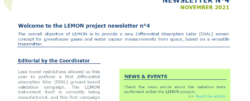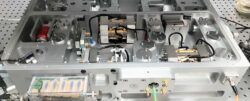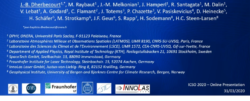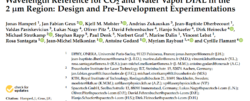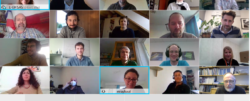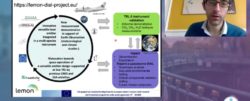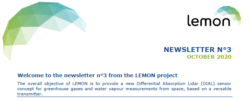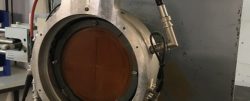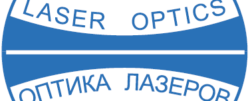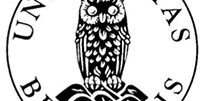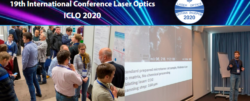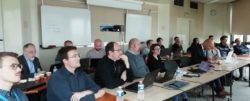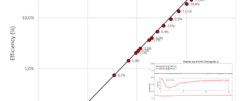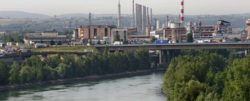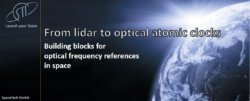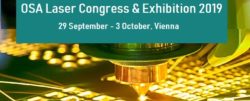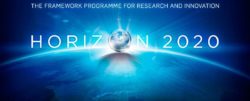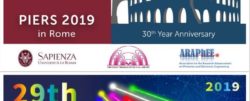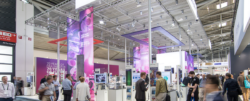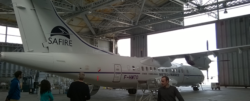News & Events
05 juillet 2021
Towards a spaceborne Lidar frequency reference
This news article aims to provide an update on the radiation tests performed within the LEMON project, as a follow-up of the news article published on the LEMON website on the 18th September 2020.
The most susceptible components of the LEMON Frequency Referency UnIT (LEMON Fruit) have been identified and assessed with respect to the typical radiation environment of a low Earth orbit (LEO) Lidar mission and beyond. Regarding the frequency reference, this is mainly the active part of the laser oscillator and the mode-locking device ensuring pulsed operation. A further critical element is the highly non-linear fibre employed for frequency conversion. Therefore, two types of non-linear fibre, gain medium and mode-locking mechanism of the laser oscillator have been exposed to high energetic proton radiation. After the testing of the highly non-linear fibre, no damage was observed (see first evaluation results here).
The same consideration is valid for the active part of the laser oscillator and the mode-locking device. For verification, a laser was built with reference samples and thoroughly characterized. Then, the reference samples were removed from the laser and replaced by the samples irradiated with protons according to typical polar LEO environment of 5 years (4E10 p+/cm2 with an energy of 60 MeV). As a last step, samples irradiated with 5 times this value (2E11 p+/cm2 with an energy of 60 MeV) were installed.
The laser stayed operational in all three configurations. The results of the optical output power, and the optical bandwidth of the emitted pulse train are displayed in the figure on the right. All of them are within specification of the product line and reflect the typical variation within one batch of laser gain and mode-locking device.
In conclusion, the components tested for the LEMON frequency reference unit have confirmed their suitability for a typical low Earth orbit mission. This minimizes any risks related to space radiation which could emerge during the space qualification phase of such instrument.


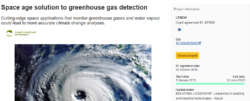
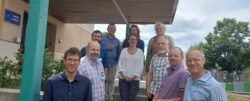

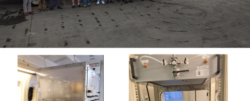

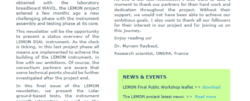
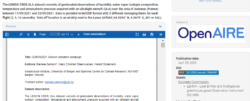
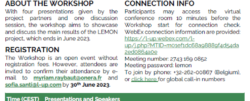
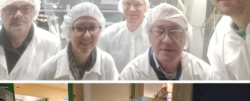

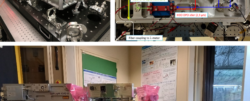
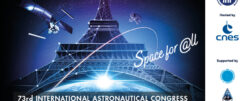


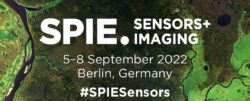
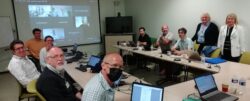
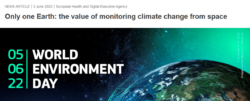

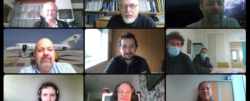
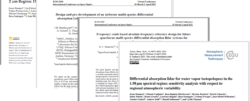
![Video of first DIAL ground-based validation campaign [French]](https://lemon-dial-project.eu/wp-content/uploads/2021/11/lemon-250x101.png)
